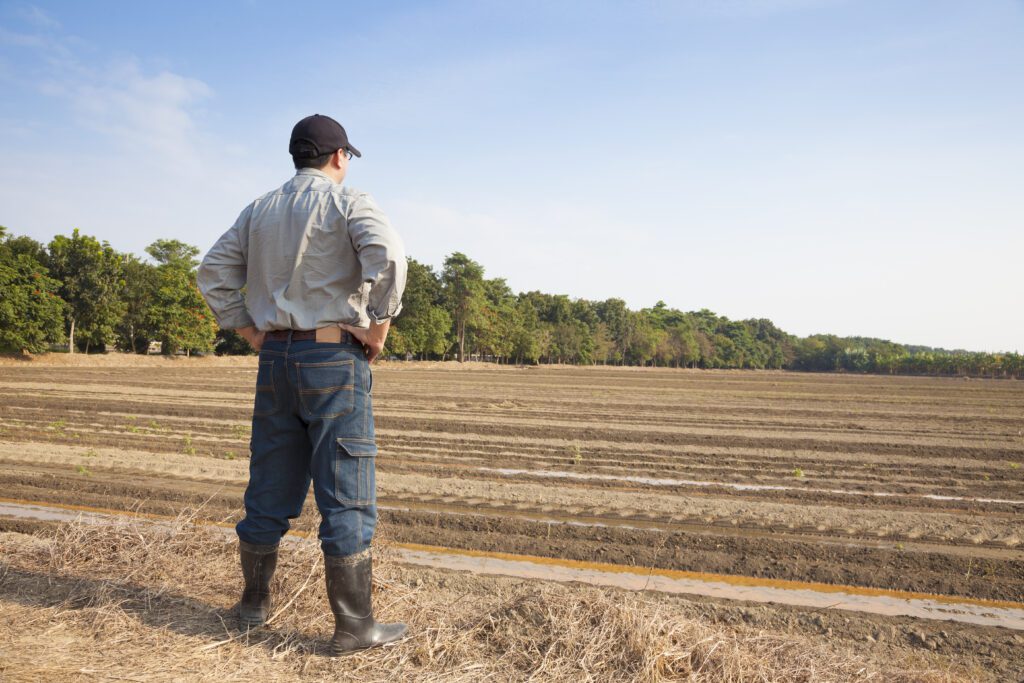A Look at Florida’s Emerging Crops
by PAUL CATALA
In the midst of a lengthy battle against citrus greening and hurricanes, Florida’s
2023 orange crop hit the lowest yield in nearly 90 years. Now, many in the citrus
industry find themselves with open, fruitless groves. As growers, researchers,
and legislators search for drop-in crops, a few viable options have gained
traction.
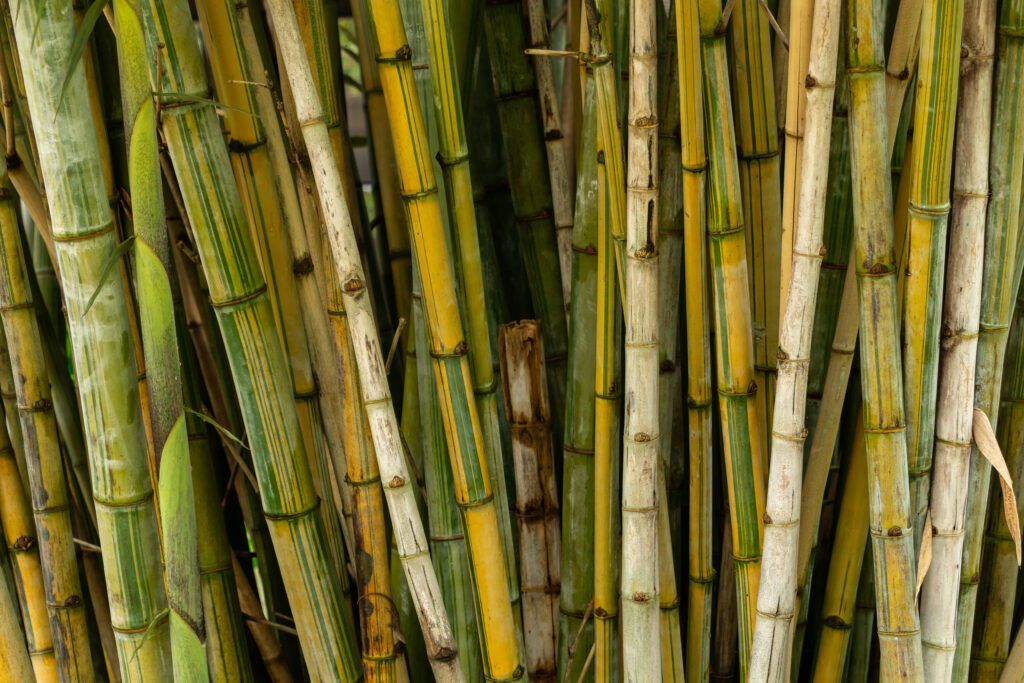
BAMBOO
A unique, woody grass that grows quickly, bamboo is becoming more popular as
an emerging Florida cash crop due to its versatility and demand as Florida’s
population continues to boom.
Used in construction, fencing, basketry, biofuel, cloth, paper, ornamental garden
planting, water filtration, and a host of other purposes, bamboo has become an
alternative crop for some farmers looking to create a new source of income.
Additionally, bamboo shoots can be harvested for use in kitchens, and older
bamboo plants offer wood and fibrous material which can be processed into
building supplies and clothing fabrics.
Bamboo grows well in Florida due to the state’s moist, humid climate. Across
Florida, the bamboo wholesale market has continued to grow exponentially in the
past five to 10 years, with much of that growth due in part to “green approaches”
to sustainable agriculture in the United States. According to the Florida Bamboo
Growers Association, there were approximately 130 bamboo farms in Florida in
The association reports that of the approximately 1,200 commercial acres
of bamboo in Florida, about 95 percent is the “clumping variety” — the most
common commercial variety planted in Thailand, one of the top bamboo-growing
countries in the world.
As far as costs for bamboo cultivation, establishing acreage and thickets, to plant
and caretake, the bamboo association states it’s about $6,000, if established on
citrus grove land that already has irrigation installed. Plantings can begin per-acre
net returns in the third year for bamboo shoots, with returns increasing annually
as plants grow. Within six years, plants may net up to $4,000 per acre for shoots.
“It’s becoming more prevalent in Florida; I love that people are getting into
bamboo,” says Luis Rodriguez, the University of Florida’s Institute of Food and
Agricultural Sciences (IFAS) Small Farms and Pesticide Education Extension Agent.
“It’s being used mostly to make furniture, from what I’ve seen.”
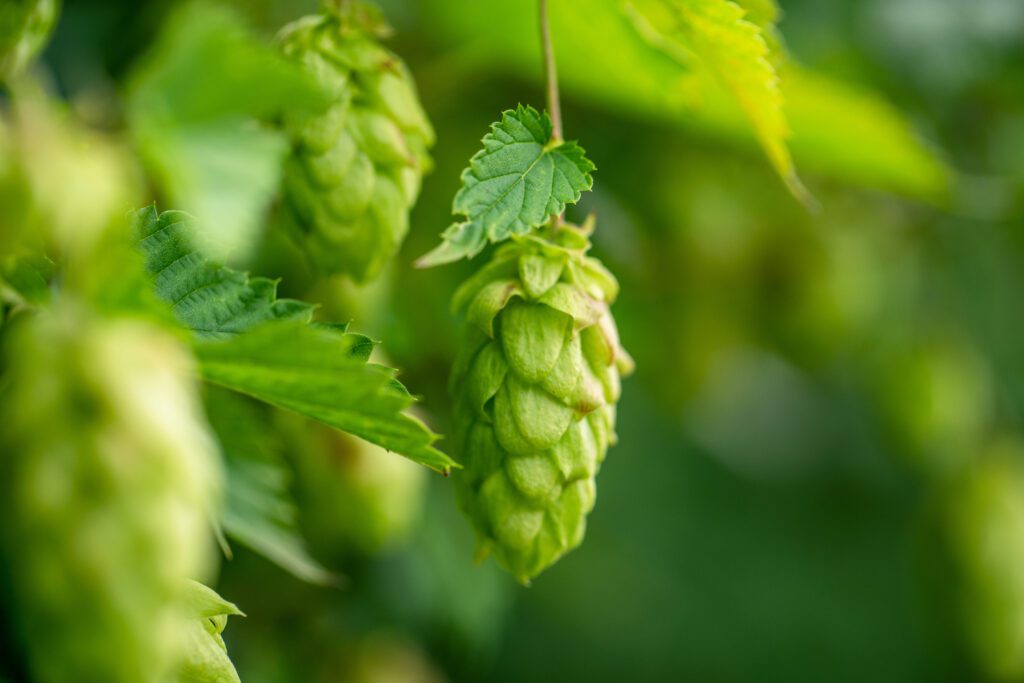
HOPS
As the popularity of small craft beer breweries and pubs continues to rise, the
cultivation of hops in Florida is also gaining momentum. Currently, there are 15 to
20 farms statewide cultivating hops.
According to information from Specialty Crop Industry, Florida was fourth in the
nation in 2019 for craft beer production, with 329 breweries producing 42.6
million gallons of beer with an economic impact of more than $3 billion. Overall,
Florida’s hop industry is burgeoning.
However, the long-term viability of hops as an emerging crop in Florida is
unknown.
Brian Pearson, associate professor at the IFAS Mid-Florida Research and
Education Center in Apopka, says the biggest challenge facing hops producers in
Florida is low yields — a result of the crop’s sensitivity to the length of days,
where Florida days are shorter than ideal.
“Although artificial lighting can be used in the field to extend daylength and
increase yield, doing that is costly and yields still fall short of those found in the
Pacific Northwestern United States, which is the United States’ leading region for
hops production,” he says.
Pearson says he and Katherine Witrick, a faculty member in the IFAS Food Science
and Human Nutrition Department, are working on an alternative hops production
system where hops are grown indoors within traditional greenhouse structures.
“The advantage of this production system is that hops can be produced year-
round with multiple harvests as a result of an artificial lighting regime.
Interestingly, the collaboration will allow IFAS to quantify and qualify the brewing
quality of hops as Dr. Witrick is a brewing chemist,” adds Pearson. “Thus, the
effort is a true ‘farm-to-pint glass’ approach.”
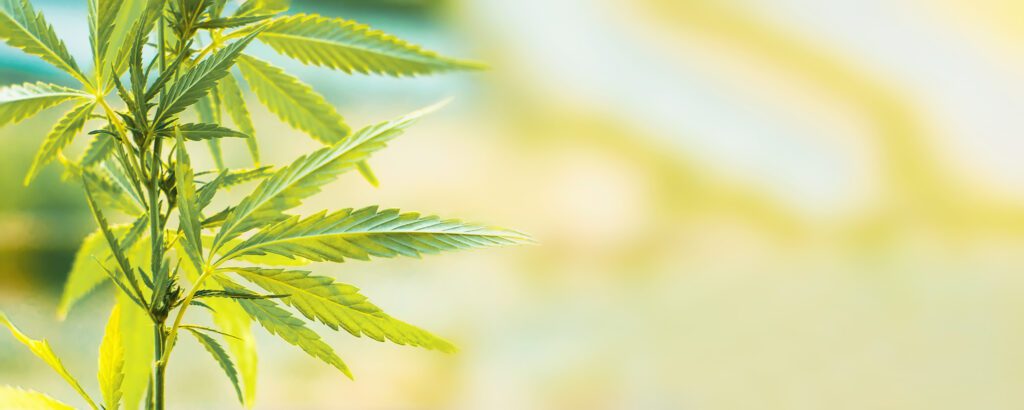
HEMP
In 2019, a Florida law authorized hemp commercialization regulated
by the Florida Department of Agriculture and Consumer Services. The
following year, the state hemp program was initiated. The University of
Florida and Florida A&M University conducted hemp pilot projects.
Rodriguez says Florida hemp is “still an experimental crop” without any concrete
profitability figures. He says there’s currently an ongoing study regarding the
Florida hemp industry being conducted by the IFAS Hemp Program in Miami-Dade
County, with an aim to support the future viability and sustainability of the hemp
industry through research and extension. The study includes assessment of the
crop, cropping systems, and their ecological and economic impacts on the state.
Hemp is legal to grow in Florida with proper permitting and seeds that fall into
the tetrahydrocannabinol (THC) range of less than 0.3 percent.
According to a 2019 FDACS study, “Industrial hemp (Cannabis sativa) has been
identified as a potentially valuable and impactful alternative crop for Florida.”
During the 2020 growing season, the top counties with licensed acreage were
Hendry (7,740 acres), Osceola (1,670 acres), and Palm Beach (950 acres). IFAS
reported that in December 2021, Florida had more than 18,191 licensed acres
dispersed among 736 growers.
“Hemp is still under very experimental research, so they don’t know specifically
how it’s going to go, but it’s very regulated,” says Rodriguez.
According to experts at IFAS, the most formidable and likely challenge for
industrial hemp growers is the lack of supply chains and markets for the
products, as well as a lack of coordination among regulators, processors,
financial institutions, researchers, and Extension services.
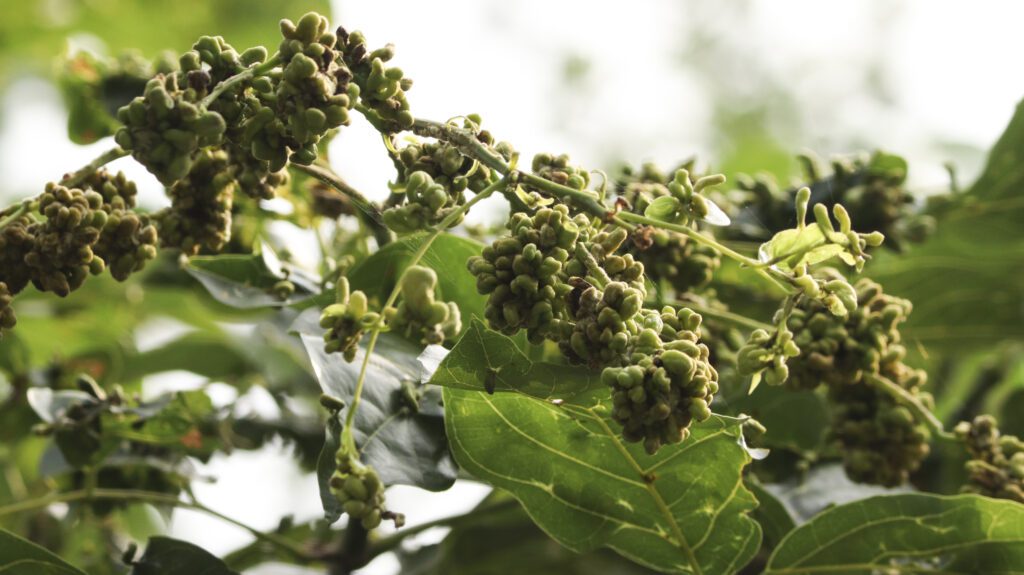
PONGAM
Pongam is a rapid-growth, nitrogen-fixing, wide-canopied tree that is native to
Asia and the Pacific Ocean region and traditionally used for fuelwood, animal
fodder, shade, soil improvement, and medicinal purposes. Those include
the treatment of tumors, piles, skin diseases, and ulcers, among other ailments.
In Florida, Rodriguez says pongam grows in tropical and sub-tropical regions, so
it’s more widespread in South Florida.
As a means to get over substantial economic loss from the ravages of citrus
greening disease, some Florida citrus growers are turning to pongam to plant in
what’s currently fallowed land.
Pongam has piqued the interest of growers in Florida because — like citrus — it
can grow in Florida’s sandy soil, it is very pest-resistant, it has a lower cost to
produce, it’s drought-resistant, it prospers in wet conditions, and it doesn’t need
many growth-enhancing inputs. In addition, it requires less irrigation than citrus
trees need and can even be mechanically harvested.
Overall, Rodriguez says those emerging crops are beneficial to the state’s
economy because there are more options for growers looking to turn their focus
from citrus to something more profitable.
“If we have different options, then they can take whatever they think is more
efficient for their farms, depending from farm to farm and farmer to farmer;
Florida agriculture is super diverse,” he says, referring to tropical crops in South
Florida, berry crops and melons in Central Florida, and corn and forestry in North
Florida.
“That’s why having these new crops emerge is good. That creates a niche market;
there’s always people willing to buy those things. Having the ability that we can
actually grow these in Florida just brings more options to farmers.”

